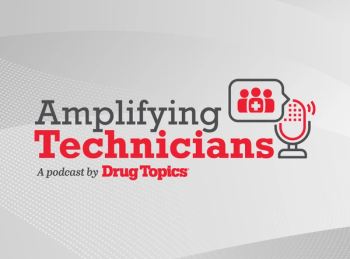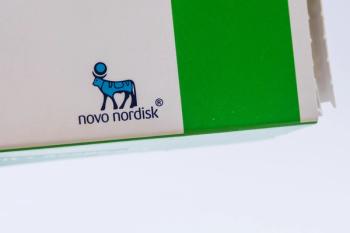
- Total Pharmacy® October 2025
- Volume 03
- Issue 05
Smarter Patient Engagement That Delivers: Using Pharmacy Communication to Grow Relationships and Revenue
Representatives from XiFin, a revenue cycle management and workflow automation company, discussed the best approaches for independent pharmacies to engage with patients.
Personalized communication strategies have the ability to transform independent pharmacies from a traditional dispensing model to one that focuses more on clinical services. Amid this transformation, pharmacies will have a greater opportunity to increase patient engagement as well as pharmacy revenue.
“There’s a big shift when it goes from, if you’re a pharmacy that’s primarily focused on dispensing medication only, you’re focused on quick, accurate, efficient prescription handling,” said Duane Smith, technical director of product management at XiFin. “But at the end of the day, there’s a big mind shift from, that isn’t the end of the job, the job now starts there. While we’re having those interactions with those patients, there’s opportunity inside of that.”
As Smith has seen throughout his experience, as well as many other pharmacy industry experts and employees, pharmacy is moving toward a more relationship-focused model where dispensing prescriptions is only the start of a patient’s journey at their local pharmacy. While this much more personalized and engagement-focused model is designed and implemented to improve patient outcomes, navigating this shift in pharmacy focus may not be simple for businesses across the marketplace.
READ MORE:
Amid these gradual yet groundbreaking shifts in the pharmacy industry, major players like XiFin are helping pharmacies meander an evolving landscape.
In a webinar hosted by Smith and his colleagues—Wendy Steinbeck, account executive at XiFin, and Tim Tidd, vice president of operations at Fusion-Rx—the XiFin team shared with their pharmacist-focused audience the best ways to improve patient engagement for better relationships, and more importantly, for the business side of pharmacy, better revenue.
The Importance of Patient Communication Strategies
Effective communication is crucial for this emerging pharmacy model. The panel of experts emphasized moving beyond basic, generic messages to a personalized, scalable, and automated communication strategy. This includes using technology to provide specific, relevant information about prescriptions, like the medication name, co-pay price, and so much more.
With competition leading pharmacy businesses to diversify their services, however, pharmacists will then be challenged with finding new ways to free up time and focus deeper on patient relationships.
“There’s a role shift. If they’re going to take advantage of these opportunities, it means the pharmacist has to have more time than they have today. They are going to have to be freed up in order to do more counseling sessions, more patient interaction time,” continued Smith. “There’s also additional workflow that comes in to the remaining staff around appointment setting, capturing clinical documentation, that may be needed. You’re pushing more and more workflow in and needing more time.”
The 3 Pillars of Effective Patient Communication
While these industry trends are not expected to slow down, pharmacies must keep up with the evolving landscape and develop pathways forward for capitalizing on brand new approaches for bolstering patient relationships.
According to the XiFin team, this can be easily achieved through a foundational framework for communication based on 3 pillars: integration, automation, and relevancy.
For integration, pharmacies should now leverage the increasingly robust pools of patient data to drive personalized messaging and health care-relative information. For example, if an at-risk patient is due for a flu vaccine sometime before the respiratory virus season, the integration of data and technology can help alert patients about receiving crucial pharmacy services.
Next is automation. If more and more pharmacists are looking to improve their patient relationships, they’ll need to also leverage technology to boost automation. Amid these aforementioned role shifts in the pharmacy industry, pharmacies are finding new ways to communicate with their patients without wasting any time behind the counter.
Finally, relevancy ensures that patient communication is meaningful. While some patients may lack the knowledge regarding their specific disease state, others can be bogged down by constant reminders or unnecessary information. Guaranteeing that patient communications are relevant is simply the last puzzle piece for garnering the best relationships across all individuals within an independent pharmacy’s community.
“Pharmacies have to get smarter with patient engagement,” concluded Tidd. “That’s really what this is about, and it’s so much bigger than just sending a generic text message when the prescription goes into will call. Messaging needs to be personalized and relevant to each patient’s health care needs.”
To read these stories and more,
Are you ready to elevate your pharmacy practice? Sign up today for our
Articles in this issue
about 1 month ago
5 Questions With a Pharmacist: Amina Abubakar From Avant Pharmacyabout 2 months ago
Battling Burnout in Pharmacy: Strategies for Survival and Resilienceabout 2 months ago
GLP-1 Litigation and the Road Ahead for Independent PharmaciesNewsletter
Pharmacy practice is always changing. Stay ahead of the curve with the Drug Topics newsletter and get the latest drug information, industry trends, and patient care tips.












































































































































